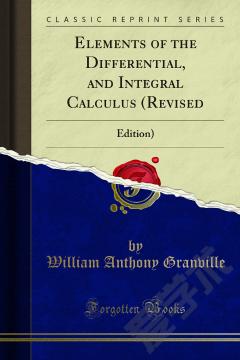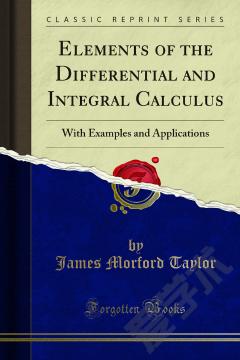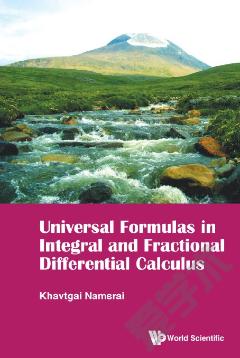Elements of the Differential, and Integral Calculus (Revised —— Edition)
-----
That teachers and students of the Calculus have shown such a generous appreciation of Granville's Elements of the Differential and Integral Calculus has been very gratifying to the author. In the last few years considerable progress has been made in the teaching of the elements of the Calculus, and in this revised edition of Granville's Calculus the latest and best methods are exhibited, - methods that have stood the test of actual classroom work. Those features of the first edition which contributed so much to its usefulness and popularity have been retained. The introductory matter has been cut down somewhat in order to get down to the real business of the Calculus sooner. As this is designed essentially for a drill book, the pedagogic principle that each result should be made intuitionally as well as analytically evident to the student has been kept constantly in mind. The object is not to teach the student to rely on his intuition, but, in some cases, to use this faculty in advance of analytical investigation. Graphical illustration has been drawn on very liberally.This Calculus is based on the method of limits and is divided into two main parts, - Differential Calculus and Integral Calculus. As special features, attention may be called to the effort to make perfectly clear the nature and extent of each new theorem, the large number of carefully graded exercises, and the summarizing into working rules of the methods of solving problems. In the Integral Calculus the notion of integration over a plane area has been much enlarged upon, and integration as the limit of a summation is constantly emphasized. The existence of the limit e has been assumed and its approximate value calculated from its graph. A large number of new examples have been added, both with and without answers. At the end of almost every chapter will be found a collection of miscellaneous examples.
{{comment.content}}








 京公网安备 11010802027623号
京公网安备 11010802027623号